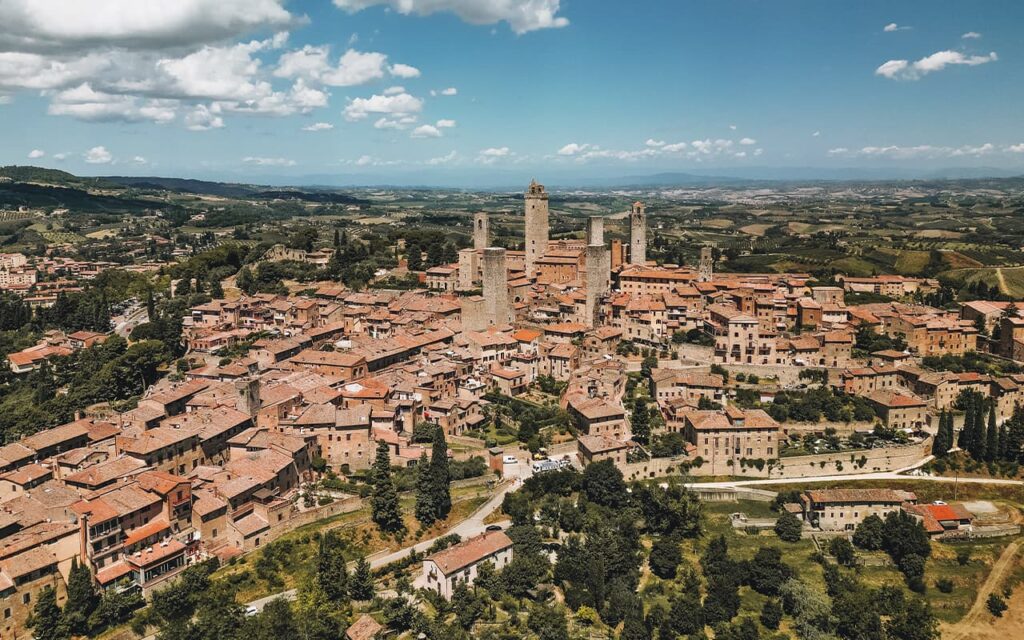San Marino, a country in the center of Italy; area 61 km². The capital is San Marino. The population is only 32 thousand people.
The San Marino River flows on the border and another river called the Ausa flows inside the country.
In 1292, the papal throne confirmed the country’s independence.
Residents of San Marino do not consider themselves Italians, but Sanmarinians, because they are very proud of their country and its history.
This country maintains its own calendar, where the starting point is the date of the founding of the Republic of San Marino, so it is now the seventeenth century.
The country is located at an altitude of 738 meters above sea level on the southwestern slope of the Monte Titano mountain range.
About 80 percent of the country’s territory is covered with rocks.
On the top of Mount Titano in the 16th century was built the fortress of Cesta.
The regions of San Marino are called “castelli”, which means “fortifications”, “towers”.
One of the symbols of the state of San Marino is the three towers, which can be found on the national flag and coat of arms. They are symbols of freedom in San Marino. The oldest of all the towers, Guaita, was built in the tenth century directly on a rock without a foundation.
The second tower, La Cesta (or De La Fratta), was built in the XI century and stands on the highest peak of Monte Titano. A museum was opened in this tower in 1956.
The third tower, Montale, built in the XIII century, is located on the lowest of the peaks of Monte Titano.
San Marino has the title of the oldest republic in the world, which has existed without changing the state system for 16 centuries. According to ancient sources, San Marino was founded in 301 by the Christian mason Marinus, who arrived in this area with his friends from the island of Rab (today the territory of Croatia).
The first name of the republic was “Land of San Marino”, which meant “land of St. Marino”.
He opened quarries in the Monte Titano mountain, and then built a cell on the top and withdrew from worldly life. The fame of his holy life attracted many believers who began to arrive in these places. Thus, a monastery named after him, St. Marinus, was built here.
Since July 2008, the historic center of San Marino and Mount Monte Titano have been a UNESCO World Heritage Site.
